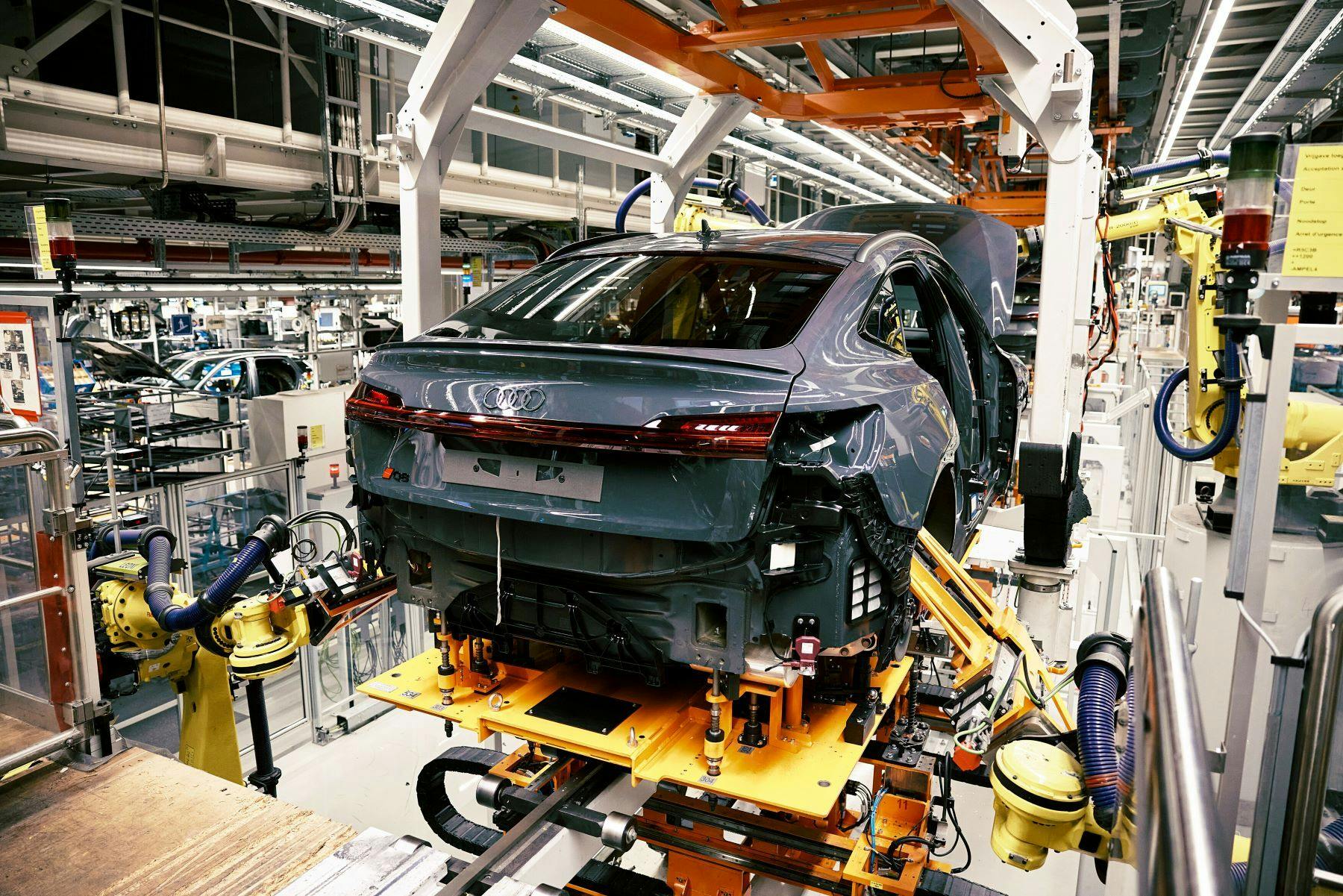€950The average annual extra cost, more than advertised, of a PHEV like the BMW 3 series.
Carmakers thinking of pivoting back to plug-in hybrids should think again
Just as official data confirms that PHEVs emit far more than claimed, the old technology risks undermining European OEMs’ efforts to compete with Chinese EV-makers.
Related Articles
View All
Batteries
An industrial blueprint for batteries in Europe
A new report explores how Europe can successfully build a sustainable battery value chain

Cars
A smart industrial policy to fast-charge Europe’s electric vehicles revolution
With 1 in 4 EVs sold in Europe this year likely to be made in China, the EU needs a strong industrial policy to stop the undermining of the industrial and social fabric in its automotive heartlands.

Cars
Making EVs fit for the future
A T&E briefing sets out how to design an environmental score for EVs.



